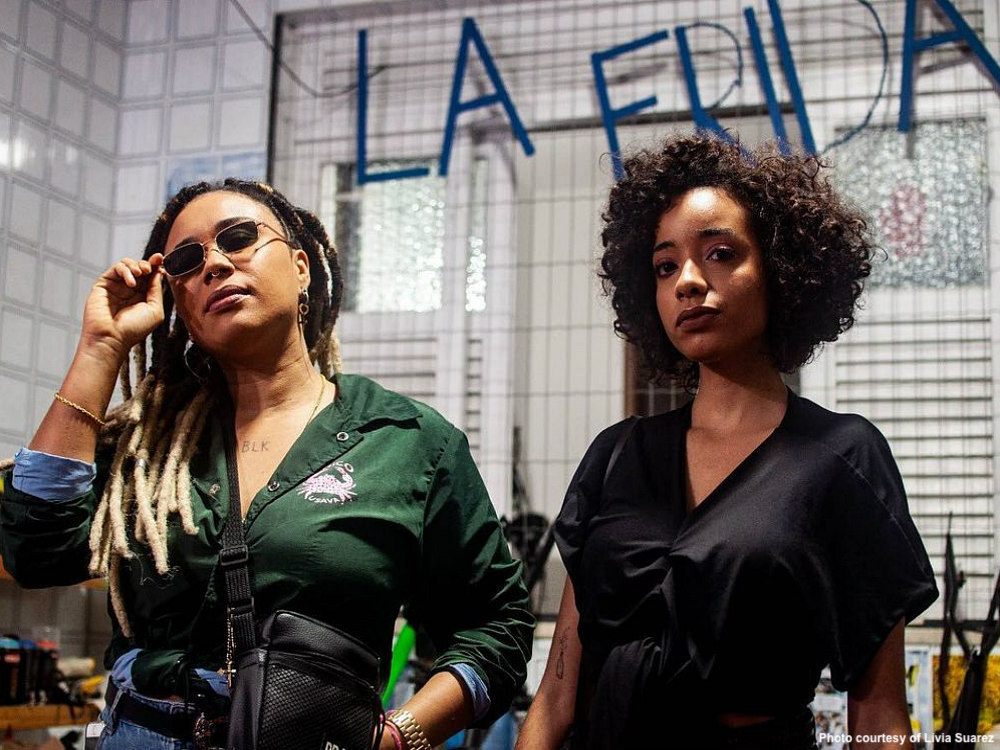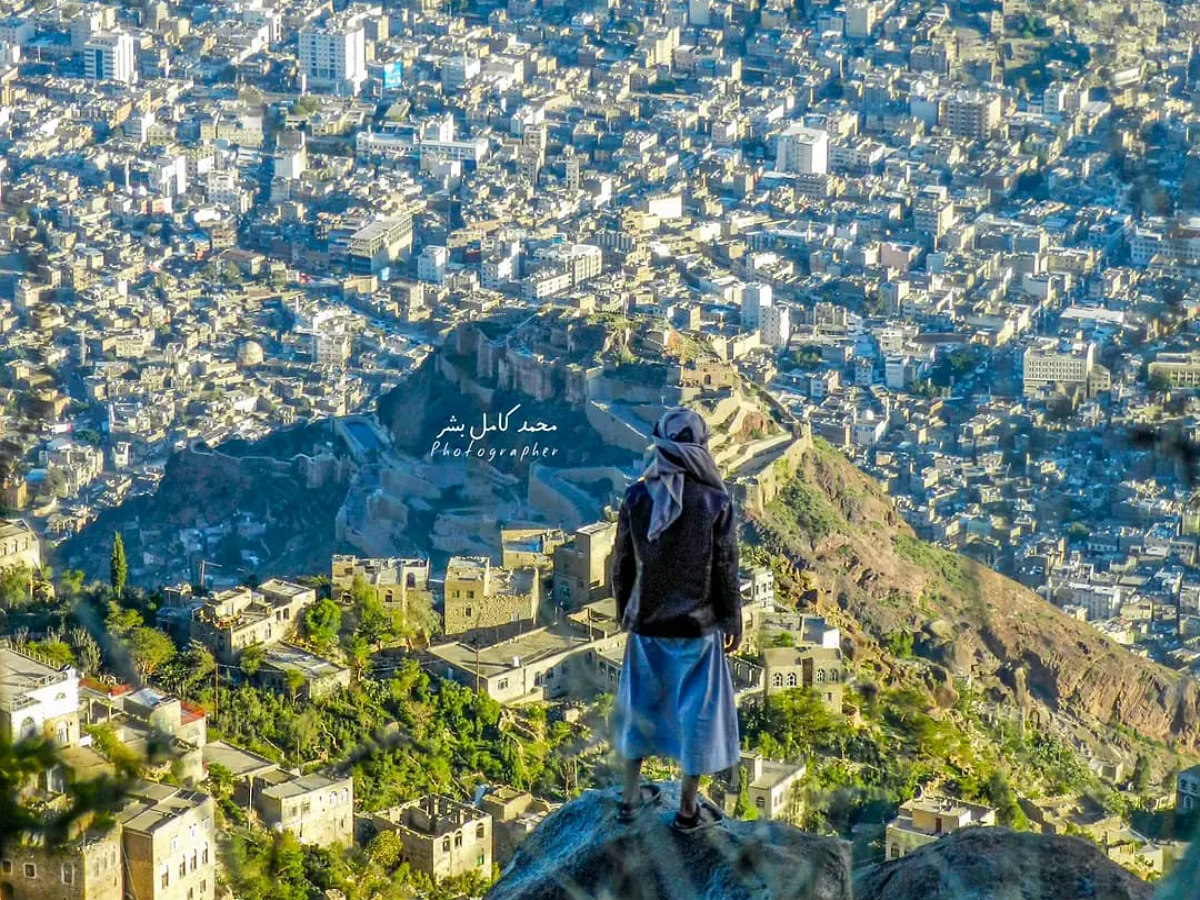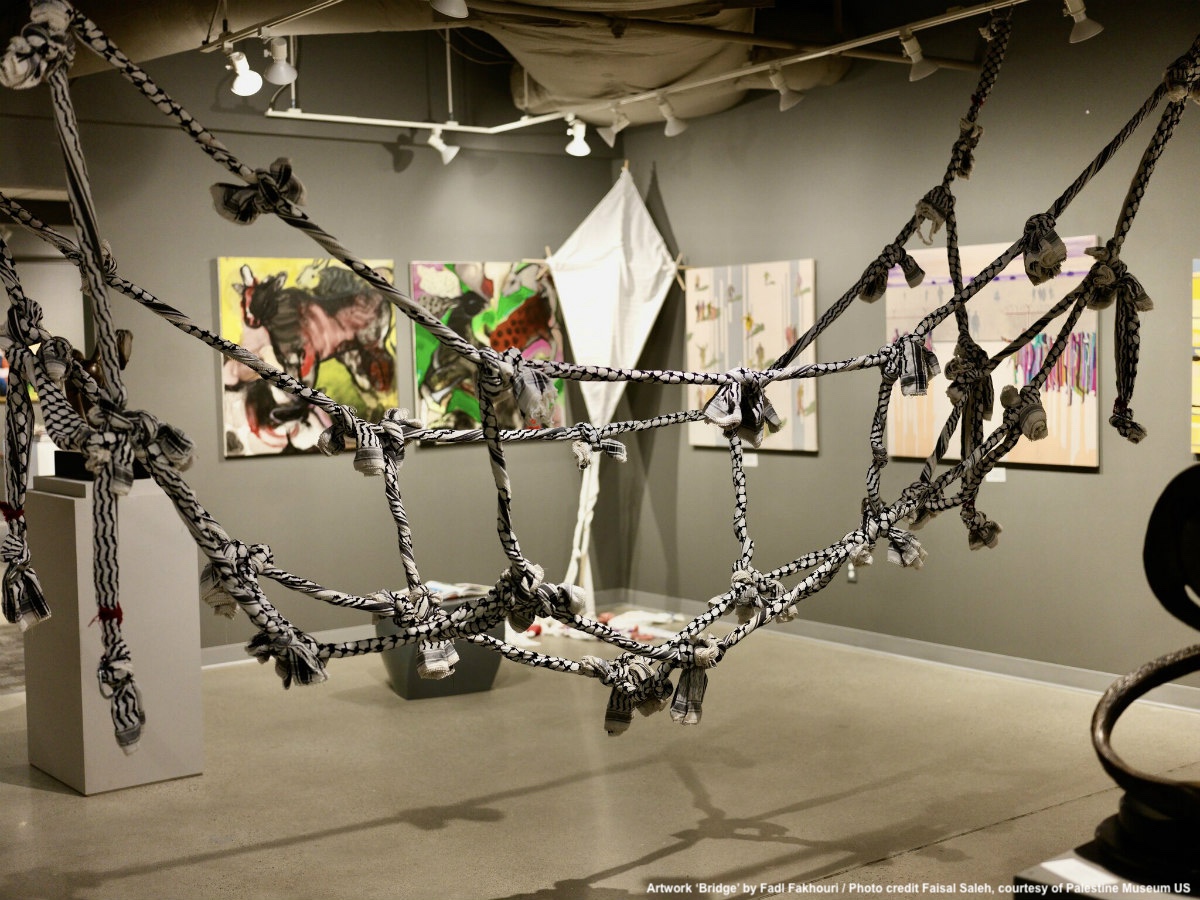To Afro-Brazilian bike commuters, the simple act of wearing a helmet can make cycling feel, white. Even if they maneuver an extra hassle to their styling and commuting routine, the truth is that whiteness has tainted the popularity of cycling, claim mobility justice movements. From equipment to mobility planning, the culture of biking often overlooks systemic issues of racism, classism, and displacement.
Nothing in cyclist enthusiast Lívia Suarez’s background could have prepared her for where she is now. Having studied Literature at the Universidade Federal de Bahia, she went on to found an itinerant coffee-shop bringing poetry, coffee and bikes to black women, and created a space for black mobility called Casa La Frida. The separate arm Bicipreta came later. Her journey has revealed the untapped potential of equitable and inclusive cycling, which can uplift the black community in Salvador, Brazil.
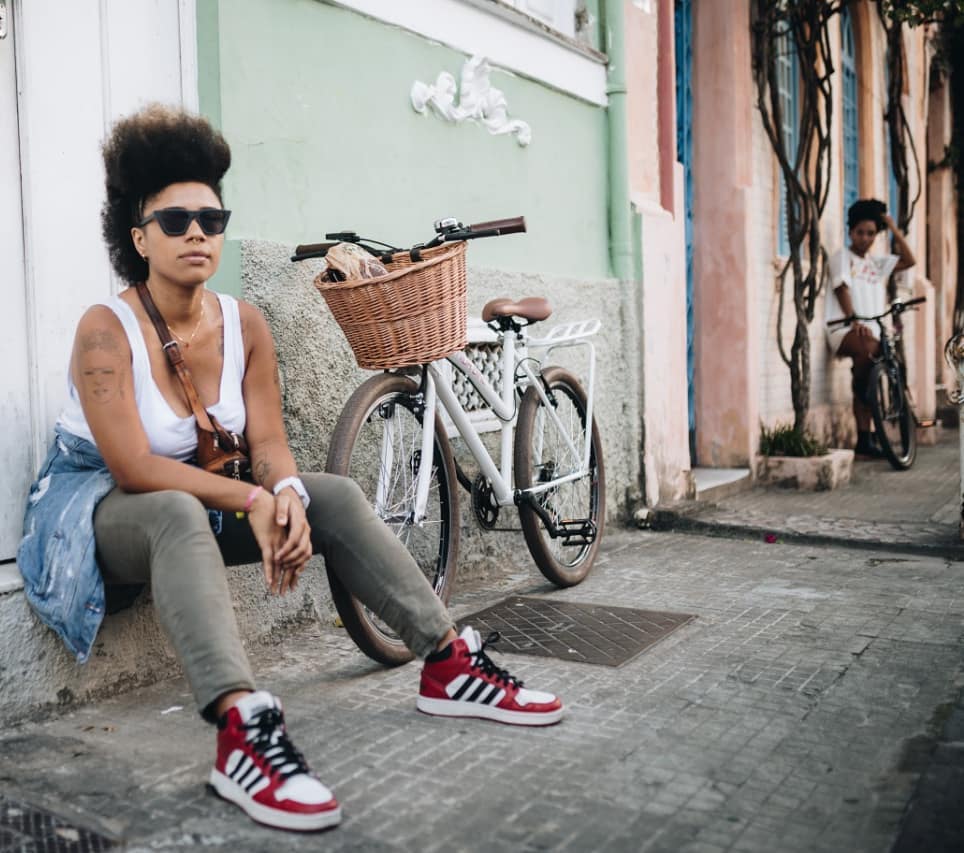
“I began cycling the streets of Salvador de Bahia after my father passed away. I was mourning him, and I had the bike, and the cycling skills he taught me, to overcome his loss,” she says over Zoom, speaking from Detroit, where she was on a business trip to meet other mobility justice movements in US cities.
While cycling I realized that, although 80 percent of Salvador’s population is black or of mixed race, mostly only whites were using bikes.
Research confirmed that most Black women in Salvador didn’t know how to ride a bike. But Suarez dug further to find out why certain narratives don’t allow black people to feel that they belong in that space even though they are the majority in the city.
Salvador has the highest black population outside Africa. Its port served as the centre of the slave trade in Brazil by Portuguese colonists, mostly for sugarcane plantations. Inspired by the Civil Rights Movement in the US, the Grupo Evolução or Evolution Group began raising racial consciousness among Afro-Brazilians through cultural performances such as dance, plays, and poetry in the early 70s. They would have inspired the later Movimento Negro Unificado (MNU) or Unified Black Movement, a notable black civil rights organization in Brazil, founded in São Paulo.
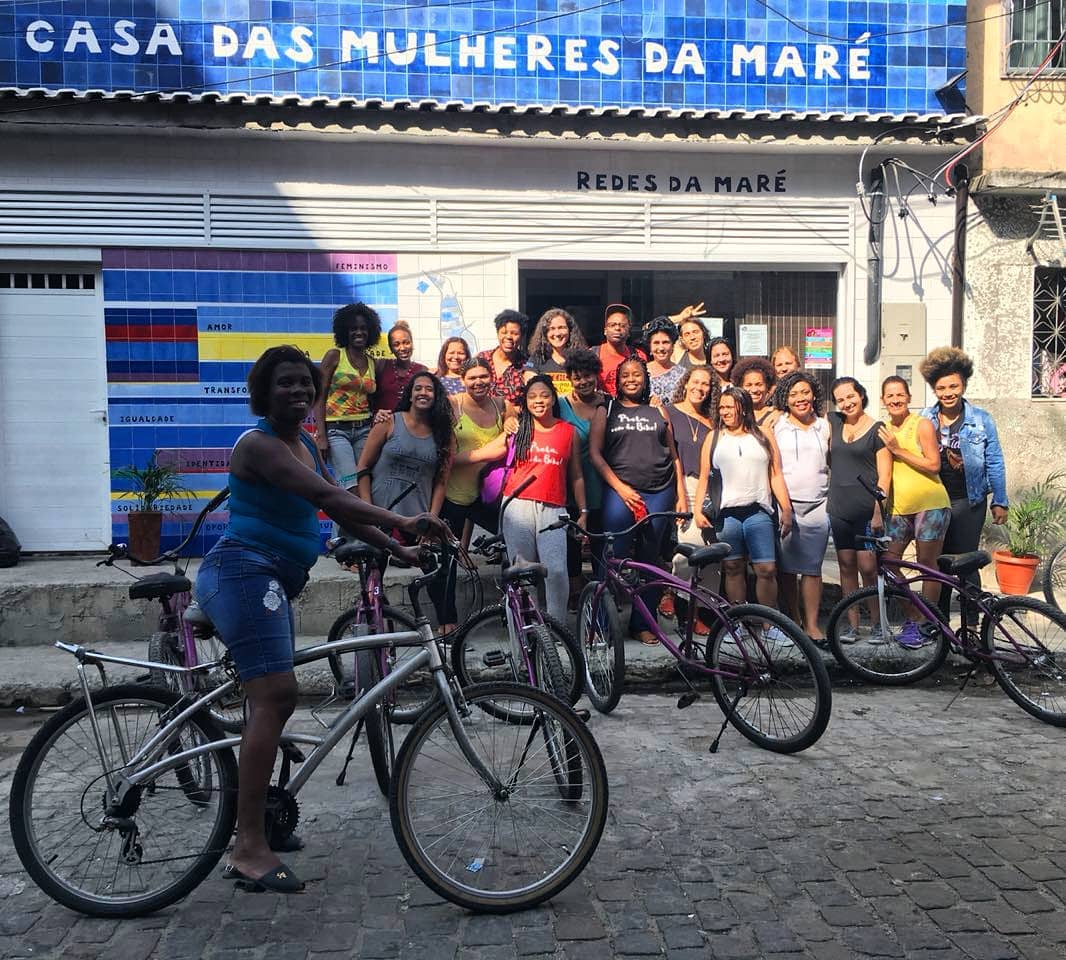
Suarez’s first itinerant coffee-shop and poetry contains some reminiscences of those civil rights movements that, in Brazil, added the component of culture for social change. She was particularly determined to focus her mission on women. According to an article by Kenneth Williamson, the intersectionality of race, class, and gender were and remain critical to the activism of Black women in Brazil. During Black genocide, anti-Blackness and racial apartheid in Brazil, Black women stood on the frontlines of these struggles.
In 2015 Salvador had started their bike program ‘Salvador vai de Bike’ but the rollout of bike lanes and mobility plans didn’t consider black communities, explains Suarez. She began in 2017 to teach Black women how to ride a bike. Every step was joyful, “or rather the realization of a childhood dream!” she laughs, learning to pedal was part of a healing process to promote self-esteem and independence.
I asked if she had made an overall impact in Salvador , and her answer didn’t surprise me: “We got the attention of the city authorities!” She explains: “We started a dialogue with the public sector to actually transform the city’s mobility planning, and even integrate the public transportation with bike infrastructure.”
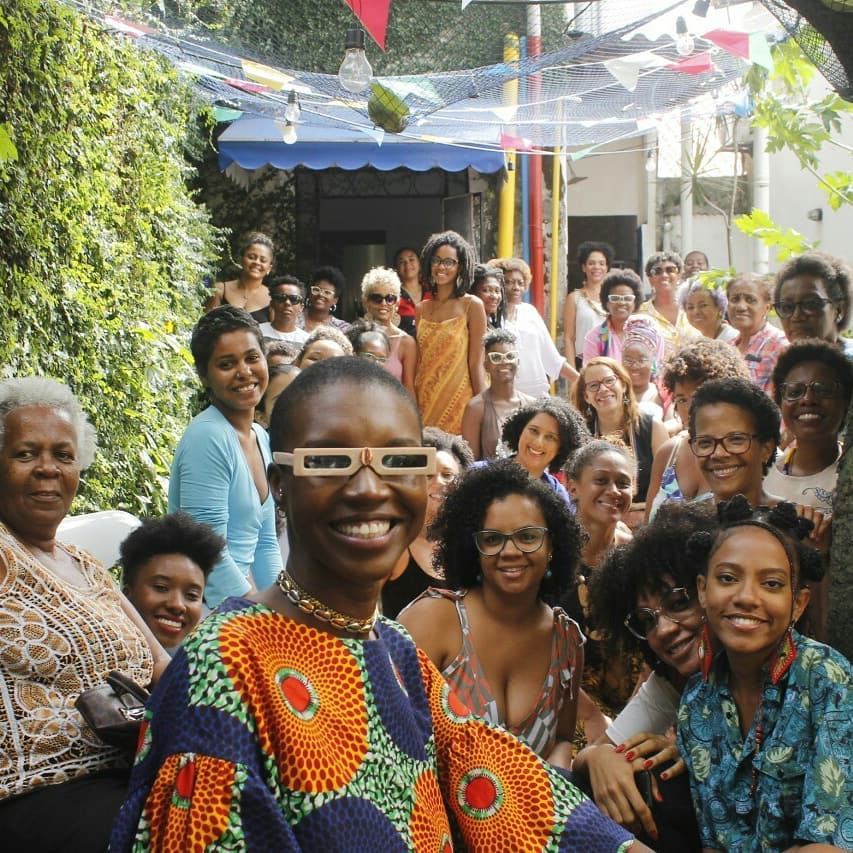
In 2017 her itinerant initiative La Frida Bike was awarded with funds to open Casa La Frida. ‘It is nothing but a house involved in cultural programs to promote black mobility. We have created a space for affection to connect Black women with bikes and transform the narratives which impede them from cycling. In addition, we use music and art as powerful elements to attract the public to our mobility project. And at the same time we support the work of Black artists, who would have left Salvador because the city doesn’t offer enough opportunities for them,” claims Suarez.
Suarez moved on to impacting more broadly, conceiving a business environment around cycling, which improves the lives of black Bahianos.
My challenge is to break down the invisible wall and help people of colour profit from the financial ecosystem, which was working only for White residents, she says.
One contribution to a flourishing business environment around cycling is the development of an application for delivery riders, who get free bikes in exchange for maintenance by La Frida Bike. Suarez’s team also sells bikes in the suburbs of Salvador and offer bike maintenance service.
Recently Suarez started up Bicipreta, which develops cycling accessories designed for Brazilians of African descent, “for people like us, to address our own needs!” she laughs proudly. She and her team have masterminded helmets for Black hair, although they know that the helmet inconvenience alludes to many other problematic aspects of urban bicycling, not only in Brazil but everywhere.
Outside Brazil, the popularity of cycling, burgeoning for the last 10 years across cities, retains predominantly a white and clasist view. According to Olatunji Oboi Reed, founder of The Equiticity Racial Equity Movement in Chicago, bicycle infrastructure is acutely nonexistent in places that need it most. In part, that leads to claims of institutional police racism when police target black cyclists on the streets and receive unfair treatment in US cities. In Chicago in particular, claims Reed, black cyclists don’t feel safe on the streets. “The public space works when people have this notion of trust and ownership,” he points out.
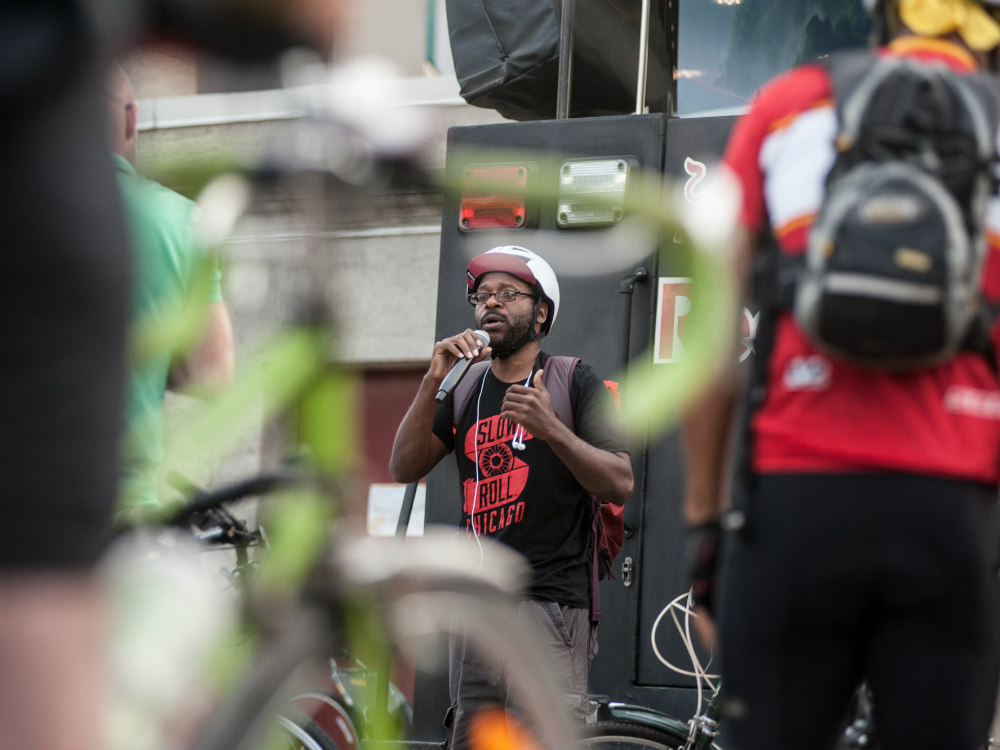
In Salvador Suarez realized that the city was basically structured for white people, to the point that, in a majority black city, a black cyclist will have the attention of police. Systemic racism persists. By the end of the 90s the city’s Mayor and all but three members of the 35-member city council were white. Twenty years later, the racial equation is almost the same.
In the US, mobility justice movements like Reed’s have been raising equity in the leadership of traditionally white led environmental organizations, city administrations, transportation advocacy coalitions. “When organizations are genuinely committed to racial equity, and diversity and inclusion, they must shift power to racially marginalized people to have a voice and the internal power to achieve the racially equitable outcomes and solutions we seek in urban planning, transportation, and all aspects of the city. Black and Brown people must own our solutions as well,” explains Reed.
His non-profit organization Equiticity is currently raising funds because it has ambitious plans for 2022, which includes developing The Go Hub (community mobility center), BikeForce (e-bike technologies workforce development program), and Freedom & Culture Bicycle Cooperative (bike manufacturing worker coop).
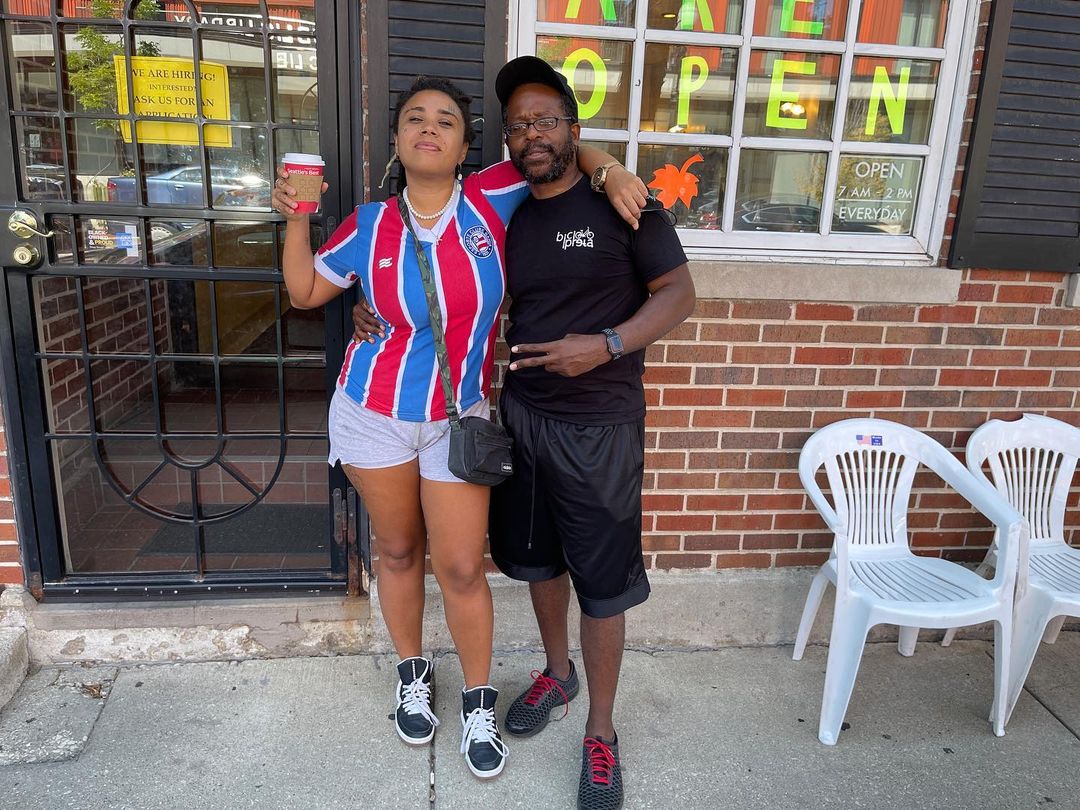
American cities are often trying to emulate European cities’ mobility models. However, these models also show flaws in inclusive biking. Advocates like Suarez and Reed claim that expansion of programs should consider the neighbourhoods where people bicycle by necessity; especially areas not well serviced by public transportation, points out Suarez.
In New York more than 4 million people — nearly half the city’s population — live outside Citi Bike’s Manhattan-centric service area, a fact that triggers frequent criticism of the privately funded program, wrote The New York Times last month. In a recent report, the New York City Department of Transportation suggested the city should consider a government subsidy to help the program grow into underserved neighbourhoods.
Meanwhile the hard work of advocating for more Black and Brown cyclists prevail. There are many experiences that Suarez would like to share about her successful journey. She has trained over 200 black women and girls in Salvador to cycle. Contrary to what Baianos may think, now it is Brazil’s turn to inspire mobility justice movements in the US.
